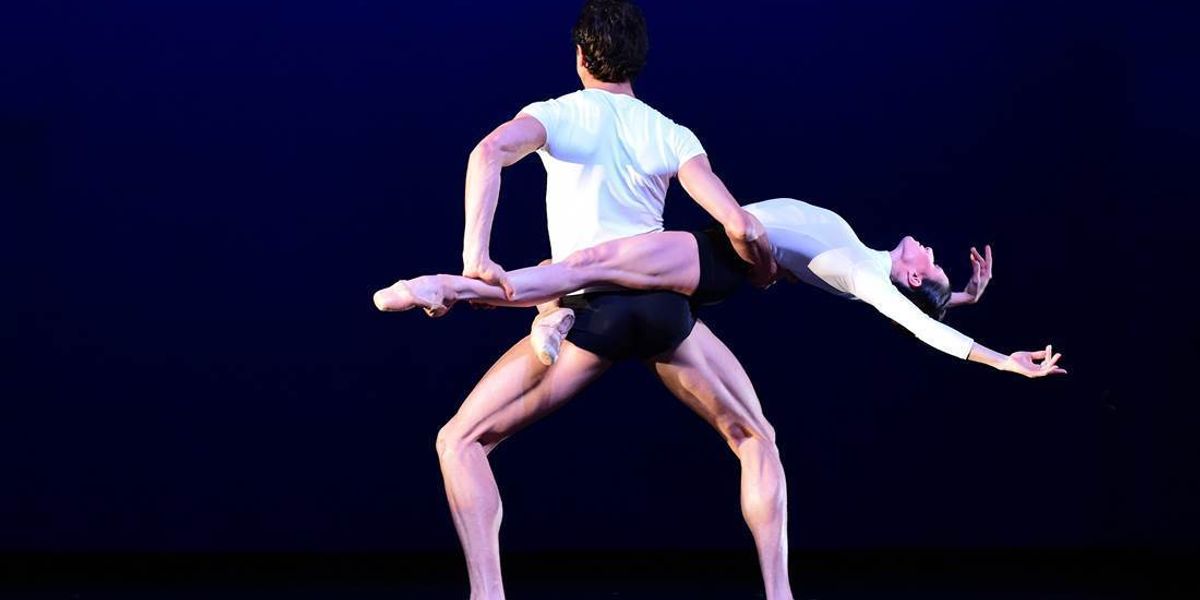Project-Based Company Brings Together Dancers and Musicians
Choreographer Diane Coburn Bruning has a different kind of vision for her Chamber Dance Project. Though she relocated the project-based company from New York City to Washington, DC several years ago, her focus remains on creating collaborations between classically-trained ballet dancers and other contemporary artists to share in intimate venues with live music. This summer, the artistic director brings together dancers from Cincinnati, Kansas City, Milwaukee and Washington Ballets for a condensed period of time. The company’s 2017 season show titled Ballet Brass & Song opens this weekend, and features works by Jennifer Archibald, Jorge Amarante, and a world premiere by Coburn Bruning herself. We caught up with her last week to hear more about her company’s mission.
What’s it like to bring dancers together from so many different backgrounds for such a short period of time? Do you work with the same dancers again and again?
Yes, because I think that’s where you can go deeper. That said, we brought in two new dancers this year (Kansas City Ballet’s Angelina Sansone and Cincinnati Ballet’s Patric Palkens). I’m hoping to expand to about 10 dancers. As a project company, it’s built into the model that we’re bringing people together from all different classical ballet backgrounds to work with choreographers and musicians in a very synergetic way. To me that’s of great interest, and I think to the dancers too, to not be with the same people and with taped music. This is a way for dancers to explore and bust out in the summer, when they would otherwise be on layoff. We employ them in the January layoff and then in the summer layoff.
 Photo Courtesy of Tim Coburn
Photo Courtesy of Tim Coburn
Diane Coburn Bruning
If your company uses dancers only during their layoff periods, what do you work on for the rest of the year?
We have a resident string quartet—we’re not a separate company, but dancers and musicians working together. So during the year we have different evenings and events and open rehearsals with the quartet. We hire dancers during their layoffs, but we have our own musicians who we utilize throughout the year. And we have workshops where we have audience members create things on the spot, with the musicians reconstructing. Any way we can get people to get into the process is of great interest to me, because I’m a creative artist.
Your upcoming show, Ballet Brass & Song 2017, includes the world premiere of your
Songs by Cole, set to the music of jazz legend Cole Porter. How did you choose to work with Porter’s music?
Working with Cole Porter music is a reaction to working with a very intense and dark contemporary score by Brooklyn-based composer Bryce Desner on my last piece. I realized that for my next project I wanted to use something lighter, and use the music of the 20s and 30s. It was just a desire to go to the other side of the spectrum of my work.
Your company’s mission focuses on intimate audience interactions in small venues. This is not the mission of most ballet companies. How have audiences responded?
There are a lot of people doing great work in contemporary ballet. And we do not claim to be unique. What’s unique is that we work with live musicians, and our dedication is on new and contemporary work and artists, which means composers, artists, choreographers, dancers and designers. Because all work that was created was once contemporary. When Petipa created Swan Lake or Sleeping Beauty, that was contemporary art. So where’s the contemporary art of our time? We don’t get it by reaching backwards, we get it by moving forward and working with the artists of our time. Sometimes that leads to sublime work and sometimes not, but my commitment is to the voices of our times.





